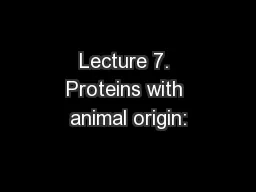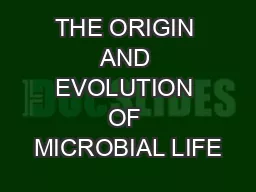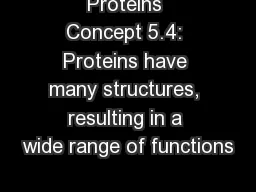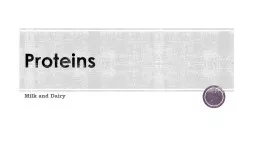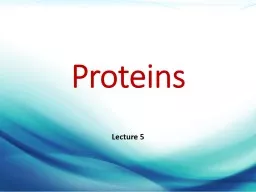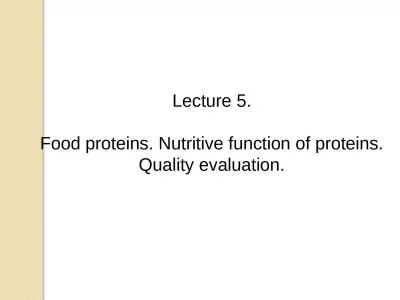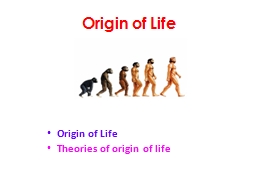PPT-Lecture 7. Proteins with animal origin:
Author : lindy-dunigan | Published Date : 2019-01-30
proteins of milk meat and eggs Milk composition Deficient in iron and vitamin C Milk proteins Total protein content in milk 29 35 Two major types of milk protein
Presentation Embed Code
Download Presentation
Download Presentation The PPT/PDF document "Lecture 7. Proteins with animal origin:" is the property of its rightful owner. Permission is granted to download and print the materials on this website for personal, non-commercial use only, and to display it on your personal computer provided you do not modify the materials and that you retain all copyright notices contained in the materials. By downloading content from our website, you accept the terms of this agreement.
Lecture 7. Proteins with animal origin:: Transcript
Download Rules Of Document
"Lecture 7. Proteins with animal origin:"The content belongs to its owner. You may download and print it for personal use, without modification, and keep all copyright notices. By downloading, you agree to these terms.
Related Documents

